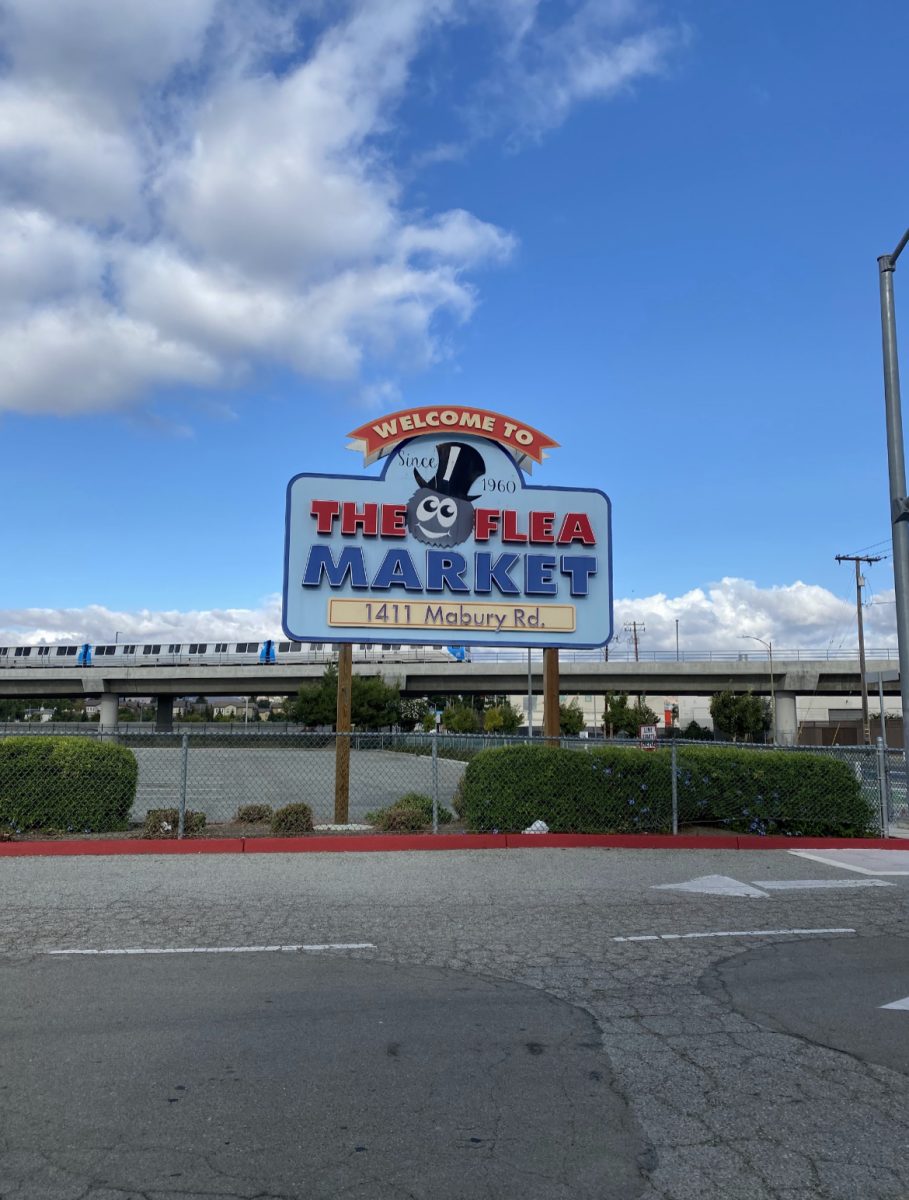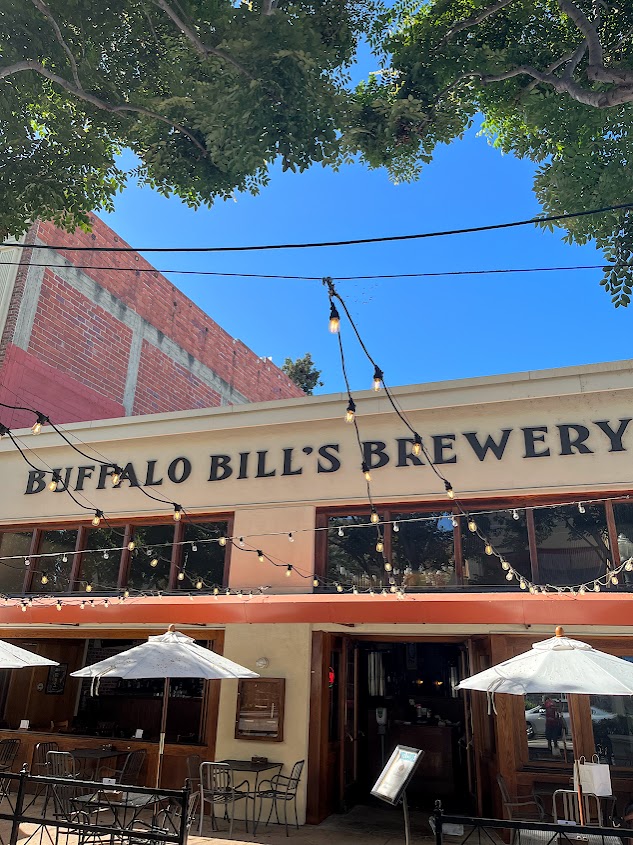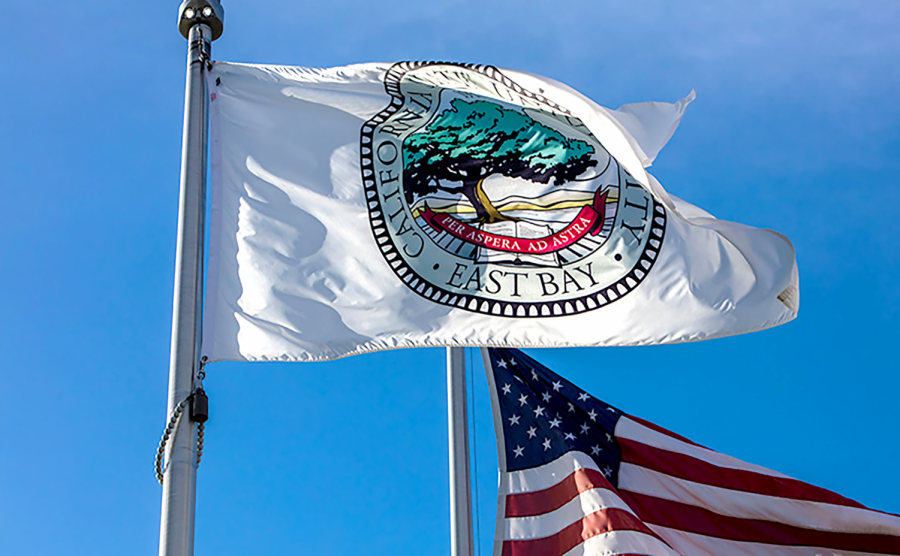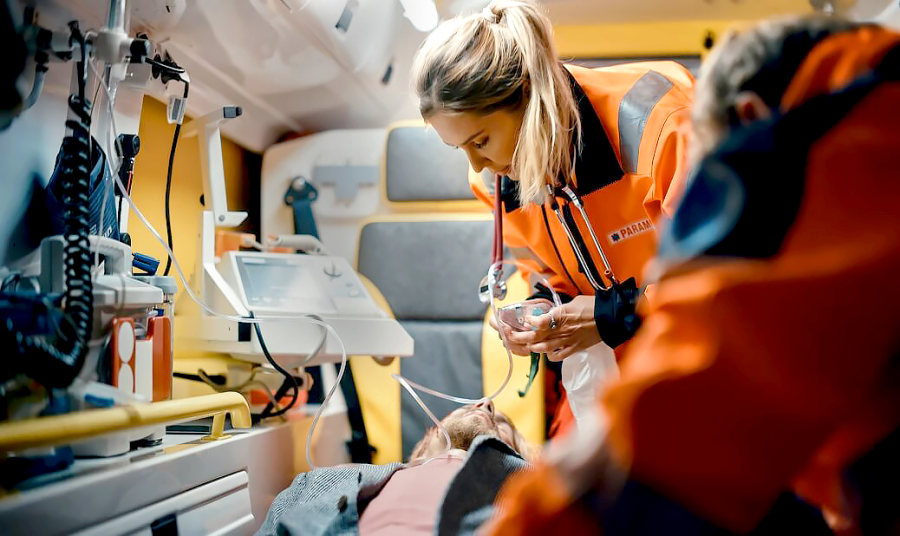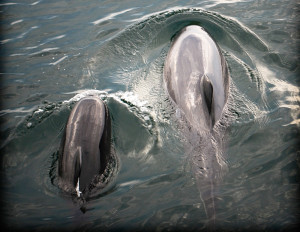 After decades, harbor porpoises (Phocoena phocoena) and bottlenose dolphins have returned to Fort Point in San Francisco Bay.
After decades, harbor porpoises (Phocoena phocoena) and bottlenose dolphins have returned to Fort Point in San Francisco Bay.
Porpoises can now be seen year-round playing and feeding in pods under the Golden Gate Bridge, as well as in deeper waters of the bay. Scientists are curious as to why they have returned now.
For years, many attributed the absence of porpoises to old World War II-era submarine nets that stretched across the Golden Gate Bridge. These nets were meant to create physical barriers between enemy war crafts and the United States Navy, but inadvertently kept the mammals out of Bay Area waters.
William Keener of Golden Gate Cetacean Research has studied the porpoise since they were first re-discovered in bay waters in 2008.
“We do believe that the nets may have played a role—but not the only role—in excluding porpoises from the bay. The other factors that likely kept [the] porpoise out of the Bay were [military] ship traffic and municipal and industrial pollution that reduced prey fish populations,” he said.
However, now that the days of Alameda Naval Air Station are gone, the ship traffic has decreased while stricter rules and regulations regarding waste and pollution have also steadily increased the health of Bay Area waters.
This along with bans on gill-nets, allowed the harbor porpoise and prey population—herring fish and other small fish—to steadily increase.
The marine mammals which only reach about five to six feet in length, are easily identifiable by their blunt noses and short small triangular dorsal fin and can be quickly spotted from atop the Golden Gate Bridge swimming and hunting their prey year around.
The return of the porpoise and bottlenose dolphins has sparked the interest of several Bay Area residents.
“I did not actually know there were porpoises and dolphins in the bay,” said Fremont resident Leah Keough-Alcott. “It would be fun to take a boat tour out and [go on] a dolphin- or porpoise-watching tour.”
However, porpoises aren’t the only small cetaceans that have been recently seen swimming in waters of the bay.
Bottlenose dolphins, which can be twice as large as harbor porpoises and live 20 to 30 years, have been seen seasonally feeding on larger flatfish and even salmon in the San Francisco Bay.
Though experts say the porpoise is much more identifiable, the bottlenose dolphin is making a mark on bay waters.
“There are many more porpoises,” said Keener. “We estimate that hundreds are using the bay over the course of the year while we have identified only about 25 dolphins using the bay, and then only sporadically.”
The dolphins, which normally range from the Pacific Coast of San Francisco, have extended their stay within the Bay’s frigid waters from the months of May to October.
Despite the current cohabitation of the two marine mammals in Fort Point, experts say their relationship may not remain friendly for long.
Bottlenose dolphins have had past tendencies to fatally attack harbor porpoises, as reported in a scientific study entitled, “Porpicide in California: Killing of harbor porpoises by bottle-nose dolphins.”
“However, we have some evidence that a case of porpicide concurred along our coast,” said Keener. “In August a dead porpoise washed up on San Francisco’s Ocean Beach with internal wounds [consisting of] the kind of trauma inflicted by dolphins against porpoises occasionally in Monterey Bay.”
The interactions and behavior of our local cetaceans are currently being studied by Keener and his team of scientists, with assistance from the Marine Mammal Center.






